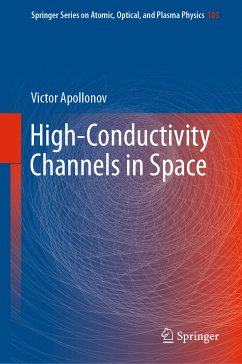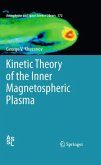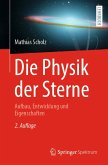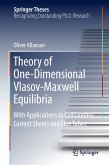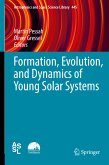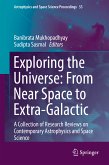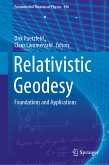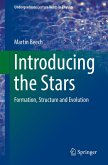Further, the book explores the development of lightning protection systems. The so-called long laser spark is generated to provide the conditions for connecting a thunderstorm cloud with a grounded metal rod, i.e. a classical lightning rod. Such conductivity channels can be used for energy transmission, overvoltage protection systems, transport of charged particle beams and plasma antennas. It provides the theoretical and experimental basis of high repetition rate P-P mode of operation for high power lasers (COIL, HF/DF, CO2,Nd YAG). It describes high efficiency and excellent beam quality disk lasers used for numerous applications, including surface treatment of dielectric materials in microelectronics, cutting, drilling, welding, polishing and cleaning of the surface and other technological operations. Lastly it investigates how megawatt mono-module disk lasers could be used to solve various problems: small satellites launched by lasers, formation of super-long conducting channels in space and atmosphere, cleaning of the near-earth space from the space debris and related applications.
Dieser Download kann aus rechtlichen Gründen nur mit Rechnungsadresse in A, B, BG, CY, CZ, D, DK, EW, E, FIN, F, GR, HR, H, IRL, I, LT, L, LR, M, NL, PL, P, R, S, SLO, SK ausgeliefert werden.
Hinweis: Dieser Artikel kann nur an eine deutsche Lieferadresse ausgeliefert werden.

